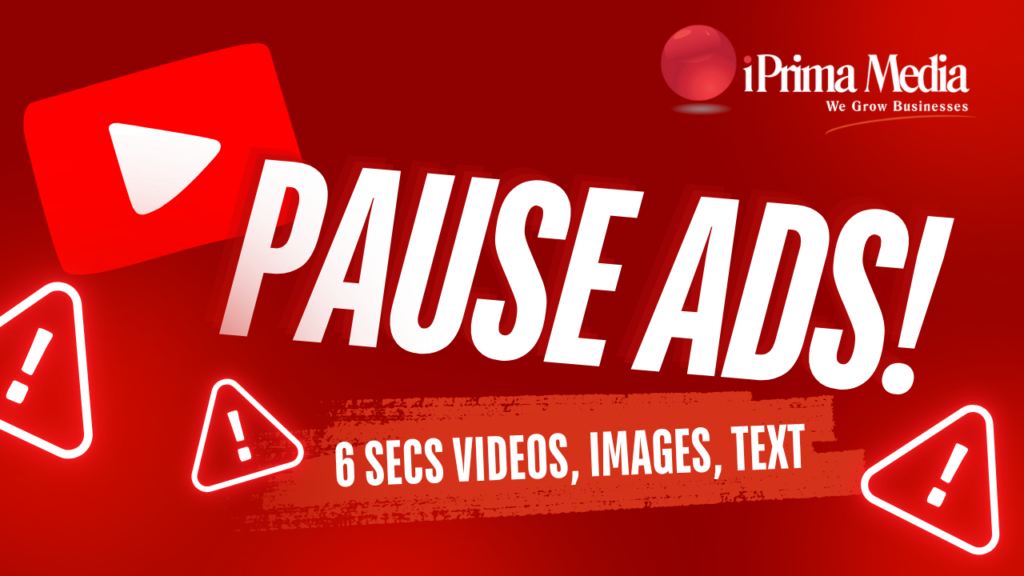Function over form – the well-known adage states the importance of practicality over appearances. And when it comes to website design there’s absolutely no argument that usability and usefulness are key to its success.
After all, users go to your website to peruse the information and services. If the website design gets in their way or they simply do not find anything useful then they'll likely leave for another site. Users do not want to stay on a website that exists to make their life more difficult.
The use of your website revolves entirely around the user. From its popularity to its ability to generate sales, build a fan base – which ultimately helps it rank high on Google – the experience of users means everything. So how do we go about website design that users will like and use?
Life is complicated enough without having to strain one's eyes to find the ‘search' button. Your website doesn't need to contribute to frustration and stress.
The Key is Understanding How Users Behave.
Good Website Design 1: Short attention spans and the need for instant gratification.
Since the introduction of smartphones, studies have shown that the average attention span of the modern human is about 8 seconds. Where your website is concerned, that’s eight seconds that the average visitor cares to give it, including the time it takes to load the first page.
Your website design should therefore be:
i) Easy and simple to understand as possible. Clever headlines and graphics can help convey your message effectively. Your website should answer as many questions that users might have about it.
Identify what makes users unhappy and fix it.
ii) Light rather than heavy to speed up load times. A code-heavy or graphic intensive website isn’t going to impress users by themselves.
“Since the introduction of smartphones, studies have shown that the average attention span of the modern human is about 8 seconds.”
Good Website Design 2: Users browse through content quickly searching for keywords.

With so much that the Internet has to offer and so little time, the majority of users only spend a second browsing through a page looking for something of interest. They don’t read every line of text on a page but instead scan through the content quickly, looking for keywords that pique their interest. Therefore:
i) Use subheadings to help sort the information and make it easier for users to find what they want. Naturally, if they don’t turn up anything useful they leave to continue their search elsewhere.
ii) Use graphics and large icons/buttons to quickly get your features noticed. Also, clearly state what the available functions are (e.g. links to a blog section, contact form). If the features of a website aren’t understood there’s little chance that users are going to make use of them.
iii) Keep user input to a minimal. Constantly pestering new users with pop-up after pop-up or forms to be filled will turn them away if they’ve yet to establish the usefulness of the website. Only when users are sure that your website is worth the trouble will they bother with these extra actions, which brings us to the next point…
Making users go through unnecessary actions to get to where they want to is rage-inducing. Angry users tend to leave.
Good Website Design 3: Users appreciate good content.
Video Credit: Prismic
On the other hand, if users find the site interesting they are likely to put up with advertising. Some might even be willing to put up with an atrocious website design in order to get to the goodies. Good content should always be a top priority and is generally more important than the design that surrounds it.
i) Write clearly and concisely. Use as short a sentence whenever possible. SEO experts recommend sentences below 20 words for best effect.
ii) Like in point 2, use headings, subheadings and graphics to break down content into digestible parcels. This will allow users to better scan the content.
iii) Use everyday language. If it’s not everyday language it’s probably best to find a better term. A headline like, “Stable nuclear expression of ATP8 and ATP6genes rescues a mtDNA Complex V null mutant” should be simply written as, “Scientists discover an approach to prevent damage and defects from forming during mitochondrial DNA mutation”.
Talk to people, not experts – unless that’s your intended audience. Also, see point 2.i) above about being concise and short.
Users often don't search in a systematic or logical fashion. “Yup, that tasted purple!”.
Good Website Design 4: Users search in a haphazard fashion.

Typically, users don’t finish going through a site before they find something and decide to further their search on it, either by clicking onto a link or opening a new search entirely on a keyword they find. This means that a large majority of users aren’t going to go through the content in its entirety. It is therefore that you take time to
i) Whenever possible always use well-established website design conventions that users are used to to eliminate having to relearn things. Plan the flow of the content to create as natural reading experience. Don't go into the details of a topic without first making sure they understand the basics.
ii) Economize: Long blocks of homogeneous text can cause users to miss important points. Be economical and only include information that’s relevant. Sancta simplicitas – holy simplicity. That is, humbly and modestly.
Good Website Design 5: Users don’t like not being in control of their experience.

Users like to feel in control of their experience and don’t appreciate disruptions. That includes annoying pop-up windows or having their web browser redirected a gazillion times before reaching their intended destination.
A list of things to avoid initially bombarding new users with:
- Pop-up menus.
- Forms.
- Constant redirects or new tabs in browser.
- Broken and/or misleading linking.
Also, broken navigation, slow loading times and other website issues are a huge annoyance. Website testing should be done early and regularly in order to weed out the bugs and improve user experience. So remember to create a good website design to boost your sales.
You Might Be Interested In These Too!
 🔥 Crack the Code: AI-Powered Content that Speaks Manglish (and Makes Malaysians BUY!) 🔥October 23, 2024
🔥 Crack the Code: AI-Powered Content that Speaks Manglish (and Makes Malaysians BUY!) 🔥October 23, 2024 Measuring the ROI of AI SEO: Key Metrics for Malaysian BusinessesFebruary 20, 2024
Measuring the ROI of AI SEO: Key Metrics for Malaysian BusinessesFebruary 20, 2024 How AI Affect SEO: Strategies for 2024 ResultsFebruary 19, 2024
How AI Affect SEO: Strategies for 2024 ResultsFebruary 19, 2024 Autoblogging AI Review: Unveiling Performance, Pricing & MoreFebruary 10, 2024
Autoblogging AI Review: Unveiling Performance, Pricing & MoreFebruary 10, 2024











